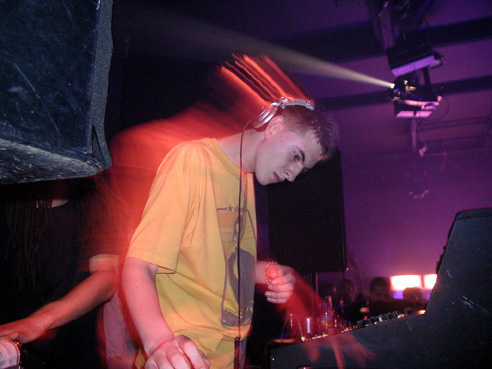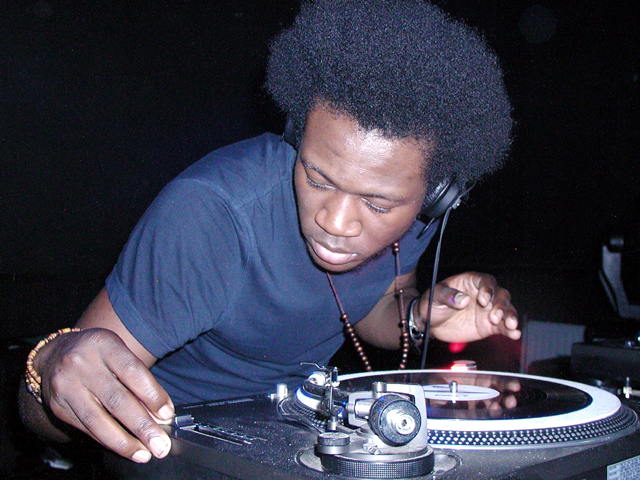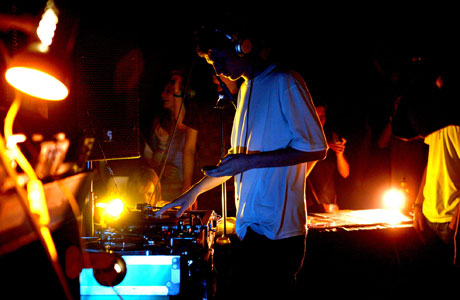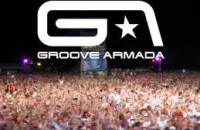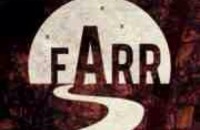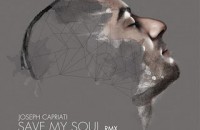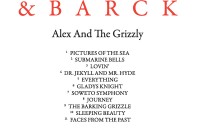Dubstep Roots…
Dubstep is one of the fastest-growing, most quickly adopted genres of the past decade with its popularity and success soaring rapidly. Originally an underground movement of music in the wake of the decline of UK Garage and a distinct and conscious distancing of itself from more similar genres such as drum ‘n’ bass and 2-step. In light of the many mainstream experiments with the characteristic dubstep ‘wobble’ Plain and Simple takes a look at where the genre is at now and where it looks to be headed…
Once upon a time Dubstep was a genre well and truly restricted to the underground of musical culture where it spent its early years defining itself and slowly but very surely creeping into the more immediate musical landscape. Pioneering dubstep producers such as Benga, Skream, Plastician, Caspa and Rusko worked tirelessly on several EP’s and albums, crafting a distinct and unique sound that resembled an evolving mixture of grime, 2-step and UK garage.
Early dubstep albums still remain as current and highly regarded as ever, in particular the first (and recently reignited in the form of Magnetic Man) partnership of Skream and Benga. Tracks like The Judgement, Hydro and Walkin’ Bass defined a blossoming new sound that was destined to take the UK by storm with deep, dark and wobbly bass.
Video: Walkin’ Bass from Hydro EP: Skream & Benga (2004)
The Dubstep Explosion…
Dubstep quickly evolved and defined itself in the mid-2000’s leaving its UK garage and drum ‘n’ bass styles behind. With Benga the sound of dubstep became minimalist, using little more than two or three elements and most notably left out any use of vocals. With Skream the sound of dubstep similarly focused on the instrumentals above all else. Caspa & Rusko were slightly different with an approach to the genre that saw heavy use of samples, particularly the use of dialogue from Guy Ritchie films and the like, and tended to make use of much heavier, deep bass tones. Solo efforts and partnerships from the ‘big 4’ dubstep DJ’s have produced widely known dubstep hits from Cockney Thug and Jahova VIP (Caspa & Rusko) to Night (Benga & Coki).
In 2006 and 2007 dubstep began to be played across a range of radio shows and in typically chart-oriented clubs. Mary Anne Hobbs’ Radio 1 Show ‘Dubstep Warz‘ garnered the genre a huge amount of widespread recognition and put dubstep on the map as a genre about to explode from its modest underground roots in London.
Video: Night by Benga & Coki (2007)
Towards the end of the decade dubstep gained some widespread recognition and momentum becoming one of the most popular club genres in the UK. Dedicated dubstep nights at some of the country’s biggest clubs, most notably London’s Fabric, took the genre out of the underground placing it distinctly into the limelight.
Further afield dubstep was beginning to gain critical recognition as the alternative and experimental album Untrue by the mysterious (and unseen) London producer Burial was nominated for a Mercury Music Prize in 2008. Burial’s brand of dubstep infused older 2-step and garage traditions with new and innovative use of self-recorded samples of urban sounds. The album was the favourite to win until narrowly beaten by The Seldom Seen Kid from Elbow.
A Dose of Mainstream Success…
A major factor in the popularisation of dubstep has been the dubstep remixes of chart-topping pop and dance tracks. In 2009 Skream took to remixing La Roux’s ‘In For The Kill’ which subsequently went on to dominate club playlists and re-enter the charts. Recently Skream has admitted that whilst it was fun to do the track it isn’t the only work he wants to be known for. His recent album Outside The Box however returns to this style featuring La Roux on the track Finally. Other major dubstep producers have followed this trend gaining critical and commercial success by remixing or collaborating with more popular, mainstream artists. Caspa’s remix of the chart hit I Remember by DeadMau5 rejuvenated a track that had all but fallen out of the charts boosting sales of both the original and the remix.
Video: In For The Kill by Skream & La Roux (2008)
The Future for Dubstep…
In 2009 and 2010 dubstep has become a much more widely used genre of music as the industry is seeing a number of crossovers with other genres. UK grime is fast becoming the most obvious example of an area of music that has seen huge success in using dubstep rhythms.
Artists such as Scorcher, Skepta and Devlin are increasingly using dubstep tracks as backing for their grime shows and the marriage of slower, heavy dubstep bass lines and grime lyricism looks set to produce an all-new genre of its own.
Dubstep has recently shifted focus from simple, instrumental tracks to vocal-based and arguably more club-friendly efforts. The latest Skream album and the self-titled debut from Magnetic Man (Benga, Skream and Artwork) places a clear emphasis on lyrics and vocals.
Rusko, upon releasing his debut album OMG earlier this year, has bigger, international plans for dubstep. In a recent interview Rusko revealed that his work with MIA has opened up new opportunities for dubstep crossover. His experimental approach has seemingly gone in the other direction to many other artists although his collaboration with bigger name, commercially successful singers and bands points to a similarly mainstream dream.
Whatever the future for dubstep it looks bright as interest in the use of its sound and the development of the genre is a key industry focus at present. The latter half of 2010 will see how popular the mainstream efforts of Skream, Benga and Rusko become and inevitably decide the fate of dubstep.
